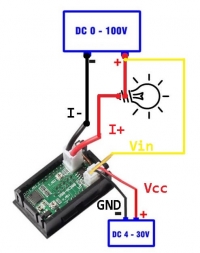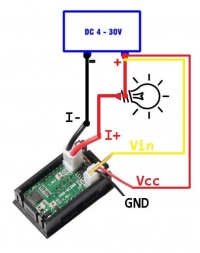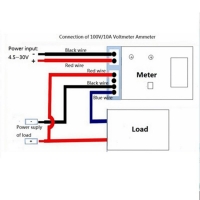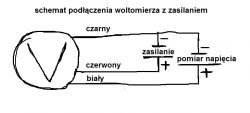Hi, I have a problem.
I converted the old power supply from a computer, I wanted to build a power supply on which I can set the voltage / current, I bought a buck boost converter in one, I connected the 12V power supply to it and connected a digital LED voltmeter ammeter
3.1.18. Do not send links that will cease to be active after some time. This will make the discussion meaningless.
[retrofood]
everything is ok, I can change the voltage by turning the potentiometer, but I can't change the intensity, it shows 0.00A all the time
I am adding a diagram of how I connected everything and I would be grateful for any help
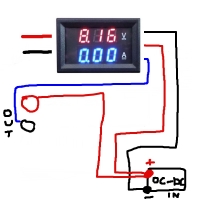
I converted the old power supply from a computer, I wanted to build a power supply on which I can set the voltage / current, I bought a buck boost converter in one, I connected the 12V power supply to it and connected a digital LED voltmeter ammeter
3.1.18. Do not send links that will cease to be active after some time. This will make the discussion meaningless.
[retrofood]
everything is ok, I can change the voltage by turning the potentiometer, but I can't change the intensity, it shows 0.00A all the time
I am adding a diagram of how I connected everything and I would be grateful for any help




